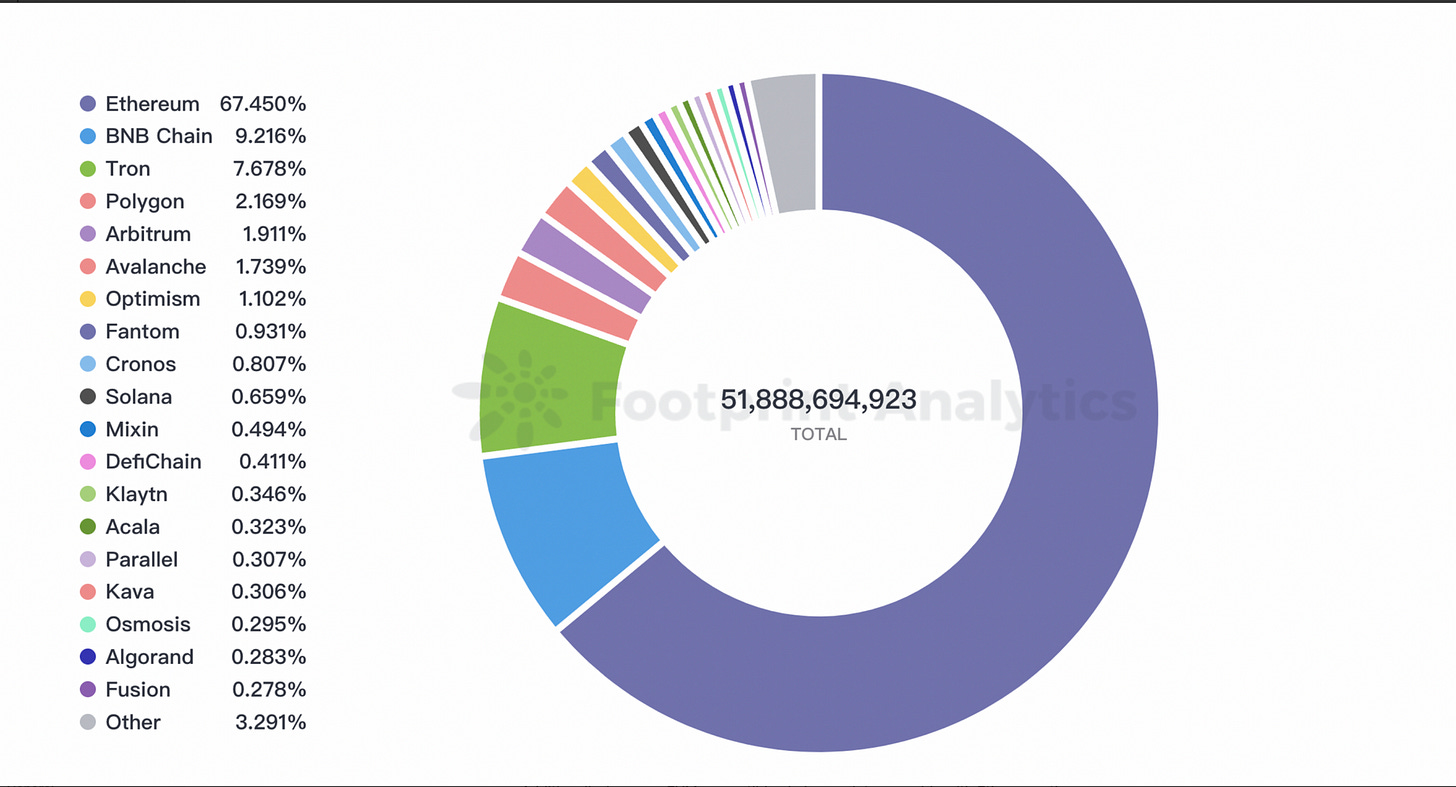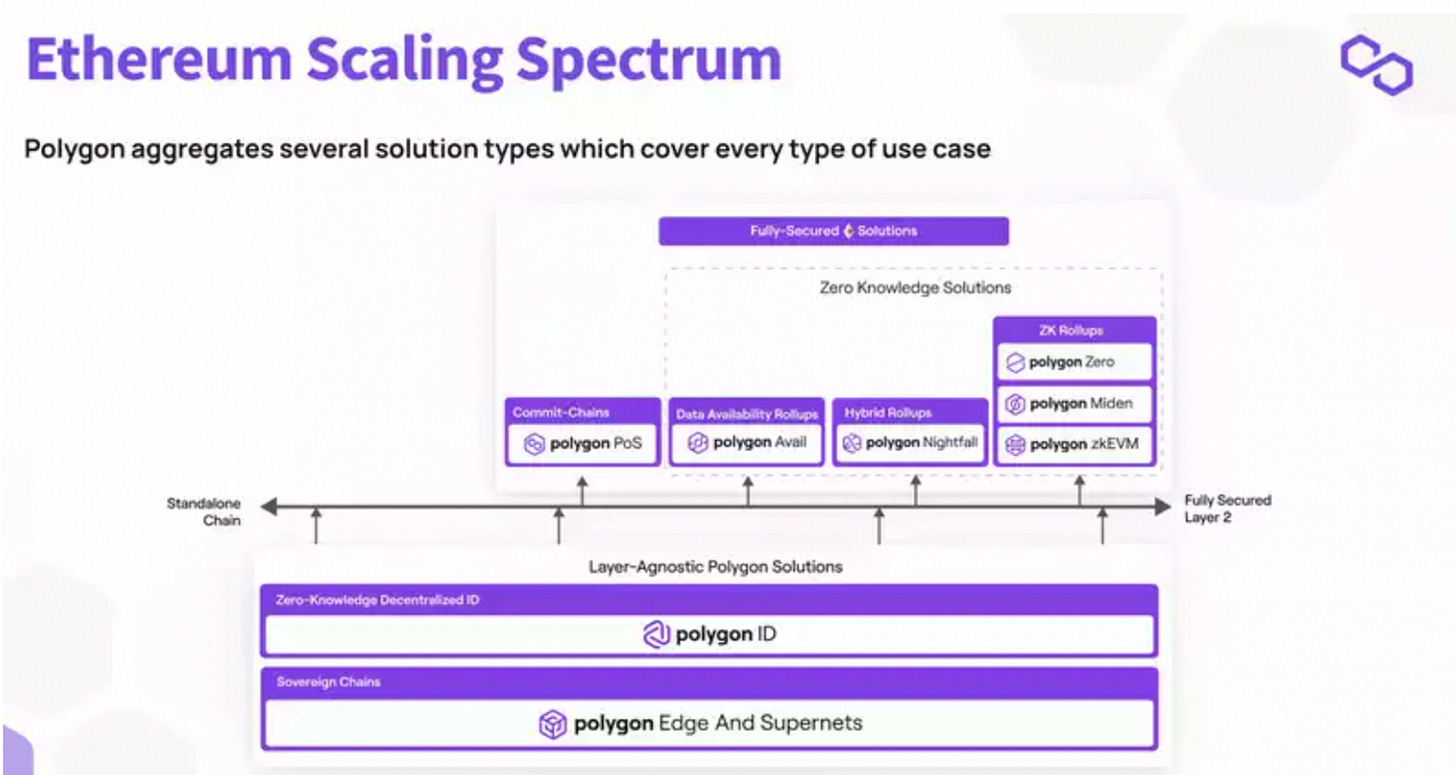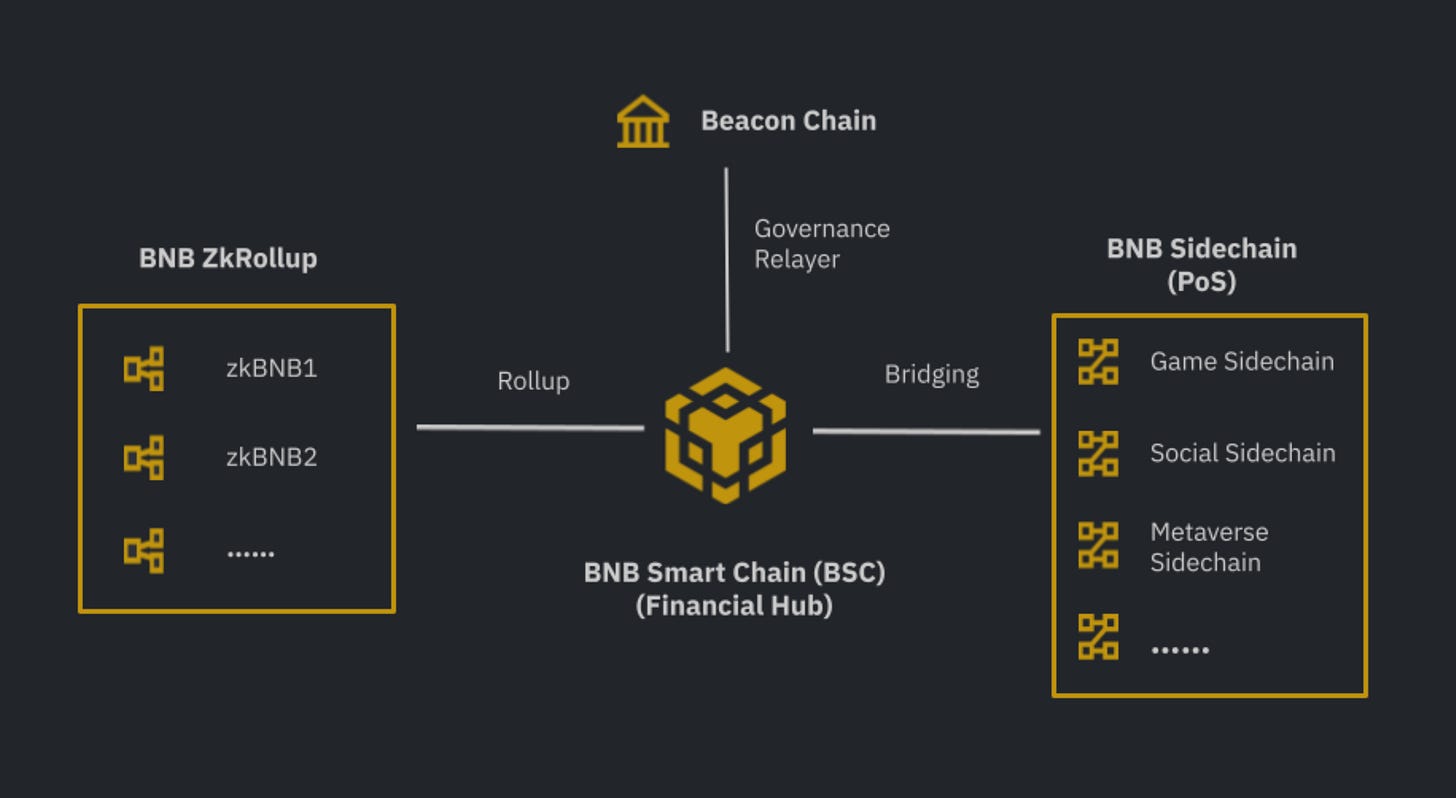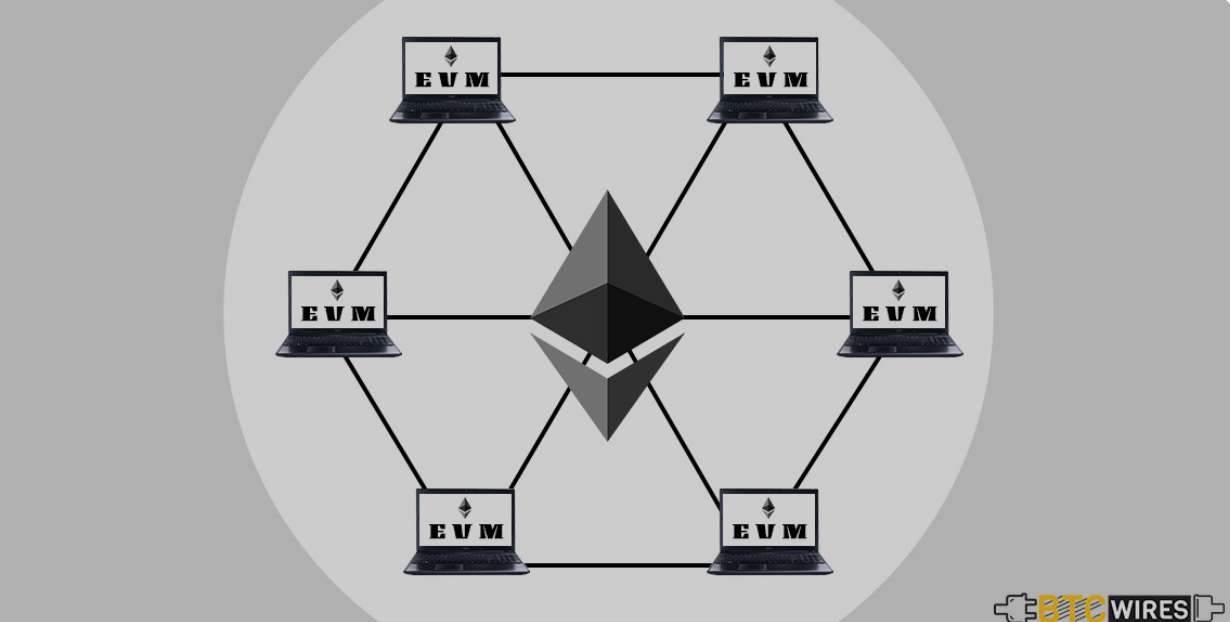Introduction to EVM and EVM Compatible Chains
Features and types of Ethereum Virtual Machine Compatible Chains Explained
What is EVM?
Up until December 28th, 2022, Ethereum is now the second largest cryptocurrency in the market with its market share of 17.4%, the top being BTC with 38.2%.
Ethereum couldn’t get to this point if it weren’t for its vibrant developer community. And the Ethereum Virtual Machine (EVM) is the core of that.
Unlike Bitcoin, which all it has is a distributed ledger for cryptocurrency transactions. Ethereum has EVM which allows developers to build dApps using the ledger and to execute smart contracts using the language Solidity when every new block is generated.
It is essentially a virtual computer or a runtime environment simulated by software standing between the nodes and the smart contracts, which has much more power than simply recording transactions, like BTC.
What is EVM Compatible Chain?
Before we ask what EVM compatible chain is, the more important question is why EVM is compatible at all.
According to Footprint Analytics, Ethereum occupies 67.45% of TVL in all chains apart from BTC, despite that, Ethereum users still suffer greatly from the slow block generation rate (13s per block as opposed to 400ms per block on Solana) and the high Gas Fee on L1.

Many developers are now looking for a better alternative to launch their dApp with lower Gas Fee and faster transaction rate, yet still has the privilege of accessing the vibrant Ethereum community, that is where EVM compatible chain comes in.
EVM-compatible chains like Polygon, BSC, and Avalanche essentially provide developers with a familiar and well-established platform for building decentralized applications. Because the EVM has been widely adopted and is well-understood by the developer community, it is relatively easy for developers to build on an EVM-compatible chain.
And from a technical perspective, developers don’t have to rewrite smart contracts on EVM-compatible chains since a similar runtime exists already. They can just deploy their code and enjoy the much lower Gas Fee as well as faster transaction speed on the go and fastly test out their ETH dApps on other chains.
Additionally, because EVM-compatible chains are interoperable with Ethereum, they can potentially benefit from the network effects of Ethereum and tap into its user base and developer ecosystem. This can make it easier for developers to build and deploy their applications, and for users to interact with these applications.
Some of the Famous EVM Compatible Chain
Polygon (formerly known as Matic Network)
Polygon is a layer 2 scaling solution built on top of Ethereum. It allows for faster and cheaper transactions while still being compatible with Ethereum's EVM.
The main advantage of Polygon is its low transaction fees, which make it suitable for applications that require frequent and small transactions.
Unlike many other EVM-compatible chains, Polygon’s position is more of a supplement to Ethereum rather than a mere replacement. They are actively building on several different Ethereum scaling solutions like ZK Rollup, yet also emphasize Defi (Quickswap) as well as NFT collaborations with Web 2 companies like Starbucks, Meta, eBay, and even Mercedes.
It is one of the EVM-compatible environments that are actually really rich and diverse due to its early start and fast movement.

Avalanche
Avalanche is a layer 1 EVM-compatible chain that allows for fast and secure transactions. It uses a unique consensus mechanism called "Avalanche Consensus" which allows for high transaction throughput and low transaction fees.
Compared to many other EVM-compatible chains, Avalanche is attractive to Defi builders due to its ability to allow users to transfer ERC 20 tokens between Ethereum and Avalanche, attracting many dApps like Sushiswap to join the ecosystem. It is also a chain with very high TVL, which is also a reason people find it bullish
Binance Smart Chain (BSC)
BSC is a layer 2 scaling solution built on top of Ethereum. It is designed to be compatible with Ethereum's EVM and supports the same programming languages as Ethereum.
The main advantages of BSC are its fast transaction speeds and low transaction fees, which make it suitable for high-volume transactions and Defi applications.
However, this high volume of transactions comes with a cost of centralization, which is a textbook case for the impossible trilemma problem. Under its PoSA consensus mechanism, there can only be 21 nodes verifying the whole transaction.
But despite that, the reliability of Binance company and its vibrant community is still attracting more and more users to the BSC chain.

Fantom
Fantom is a decentralized platform that aims to provide fast and secure transactions for a wide range of applications. It uses a unique consensus mechanism called "Lachesis Consensus" which allows for high transaction throughput(more than 10,000 transactions per second)and low transaction fees.
Fantom also suffers the same problem of centralization as BSC does, yet the cheap Gas Fee and the generous incentivization program still draw many developers to the ecosystem.
Final Note

EVM chains are not the only way of embracing the Ethereum Virtual Machine, there are also other ways like building a separate environment on a non-EVM chain to allow EVM developers to join, such as Moonbeam on Polkadot, Aurora for Near, and so on.
Also, despite the trend in different chains of embracing Ethereum Virtual Machine, there are still chains like Solana and Aptos that operates in their own way and still worked out really well, we will try to address these topics in the articles to come. Stay tuned and we will see you guys later!
If you are interested in Mirror World Smart SDK and looking to make a wallet of your own right now, please visit our Developer Dashboard.
We will roll out our SDK for EVM-compatible chain in 2023 Q1
Website | Documentation | Github | Youtube | Blog | Twitter | Telegram
We have marked the source of all the non-royalty-free pictures, if you would like us to withdraw the picture, please let us know through any contact from above.






